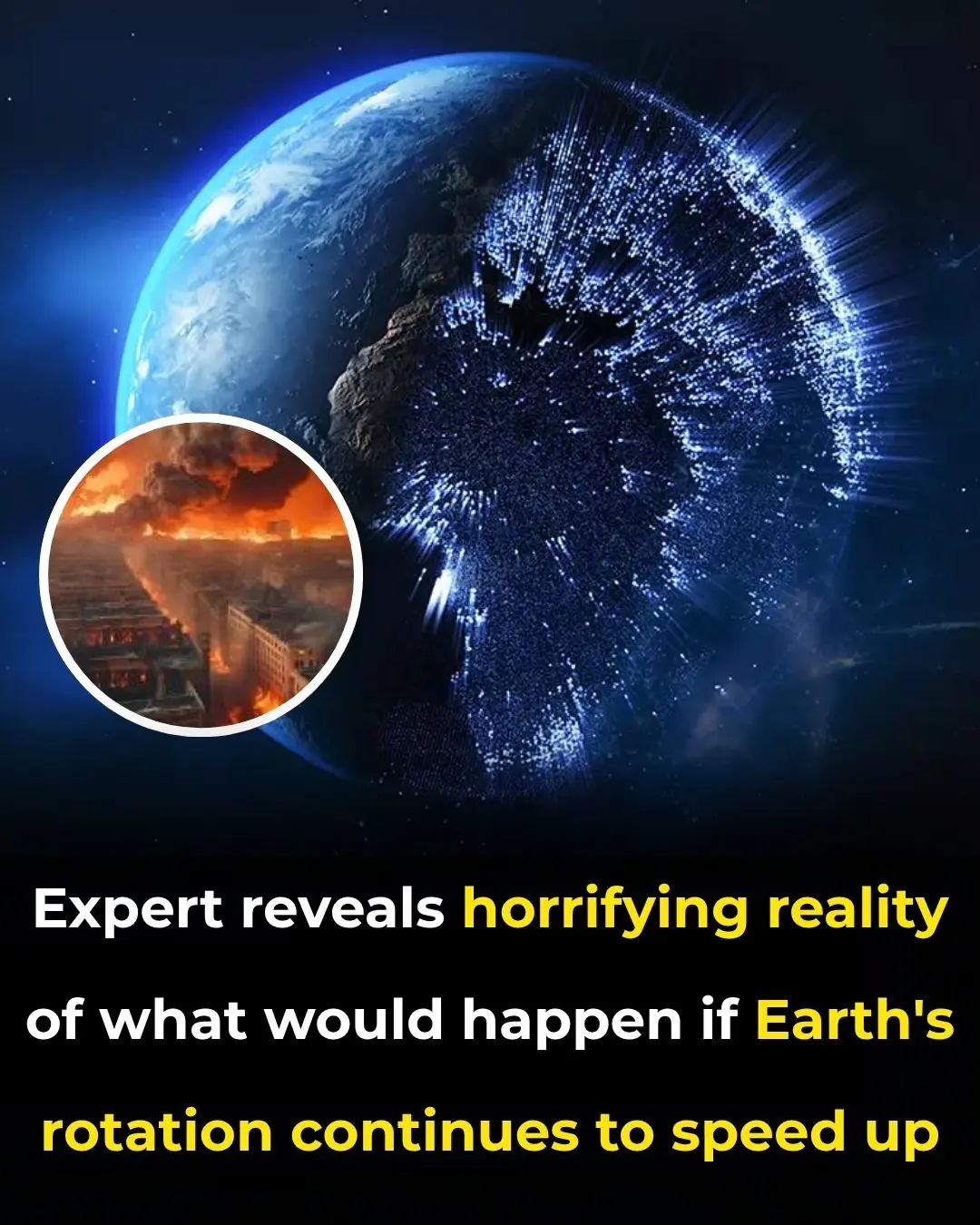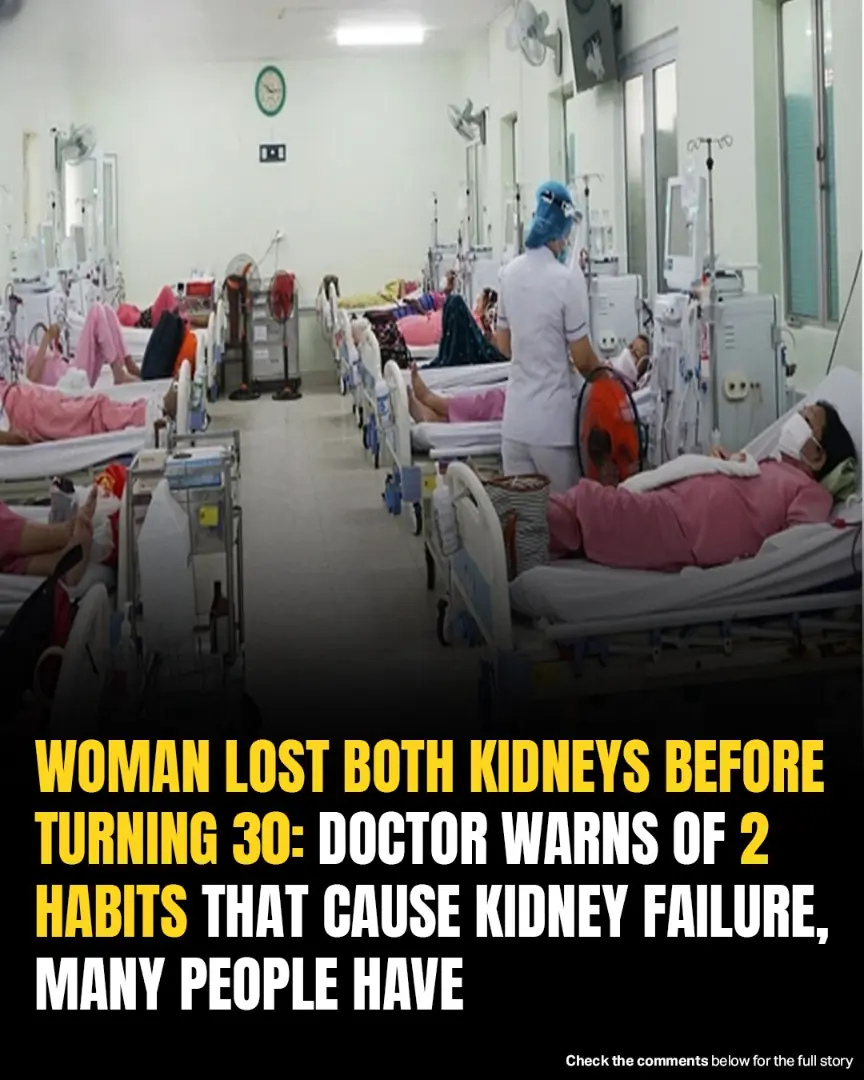
Nurse Reveals The Spine-Chilling Truth About What Happens After We Die
Death is a subject that has fascinated and terrified humanity for centuries. Despite advances in science and medicine, the mystery of what happens after we die remains largely unexplored and deeply personal. Recently, a nurse who has worked extensively in palliative care and intensive care units has come forward to share her chilling experiences and observations about the moments after death. Her revelations offer a unique perspective that blends medical facts with profound spiritual insights, challenging common beliefs and sparking intense debate.
The nurse, who wishes to remain anonymous, has spent over a decade caring for patients at the end of their lives. Through her work, she has witnessed hundreds of deaths—each one unique but often sharing strikingly similar signs in the moments leading up to and immediately following death. According to her, these experiences reveal an unsettling but undeniable truth about the transition from life to death.
One of the most startling observations she made is what many refer to as the “death rattles”—a series of unusual respiratory sounds that occur as the body begins to shut down. This sound is not merely a physical symptom but seems to coincide with a profound change in the person’s awareness. Many patients show signs of lucid awareness, even when their eyes are closed, and sometimes they appear to be communicating with unseen presences. The nurse describes these moments as eerie, as if the boundary between the physical world and something beyond is momentarily blurred.
Additionally, she recounts how some patients experience sudden bursts of energy or moments of clarity shortly before passing away. These “final surges” often involve unexpected communication, expressions of love, or even visions that seem to confirm a continuation beyond the physical body. Such accounts have been reported in medical literature as near-death experiences, but the nurse’s firsthand stories bring an emotional depth that scientific papers often lack.
On the other side, the nurse also warns of the grim realities of death. She explains how the body deteriorates rapidly after the heart stops beating—color drains from the skin, muscles relax, and breathing ceases. For those present, these changes can be disturbing, a stark reminder of mortality. The contrast between the peaceful spiritual moments and the harsh physical decline leaves many families grappling with complex emotions of grief, fear, and wonder.
What makes her account especially spine-chilling is the repeated mention of what some call “the dark presence.” Several patients, in their last moments, have reported sensing a shadowy figure or feeling an overwhelming coldness—experiences often described as encounters with death itself. The nurse stresses that these reports are not hallucinations but consistent phenomena she has observed multiple times, suggesting that death may involve an encounter with something unknown and potentially frightening.
Her revelations have sparked controversy among medical professionals, spiritual leaders, and the general public. Skeptics argue that these experiences can be explained by brain activity during the dying process, hallucinations, or emotional responses to fear and pain. However, others find comfort and meaning in the idea that death is not an end but a passage to another existence, supported by the nurse’s compassionate testimony.
Beyond the chilling details, her message emphasizes the importance of compassion and presence at the end of life. She advocates for better palliative care, greater acceptance of death as a natural process, and more open conversations about what happens after we die. For her, understanding these final moments helps to demystify death and encourages people to live more fully, appreciating every precious breath.
In conclusion, the nurse’s spine-chilling truths about what happens after we die challenge us to rethink our assumptions about mortality. Whether one views death through a scientific, spiritual, or philosophical lens, her stories remind us that death is not just a physical event but a profound journey. Listening to those who have witnessed it firsthand may help us confront our deepest fears and find peace in the unknown.
News in the same category

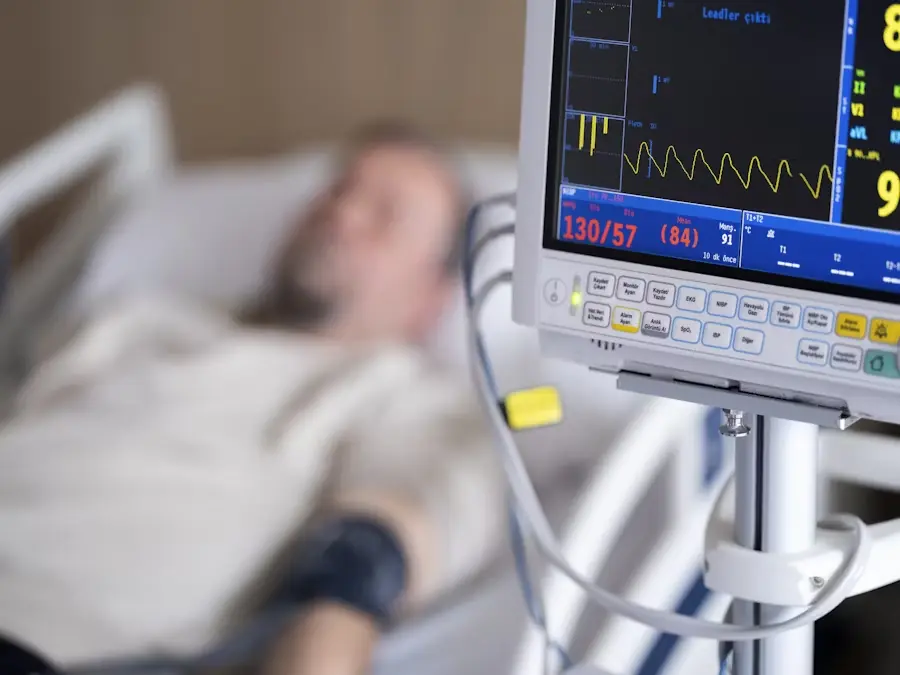
One Month Before A Heart Attack, Your Feet Will Give You These 6 Silent Warnings
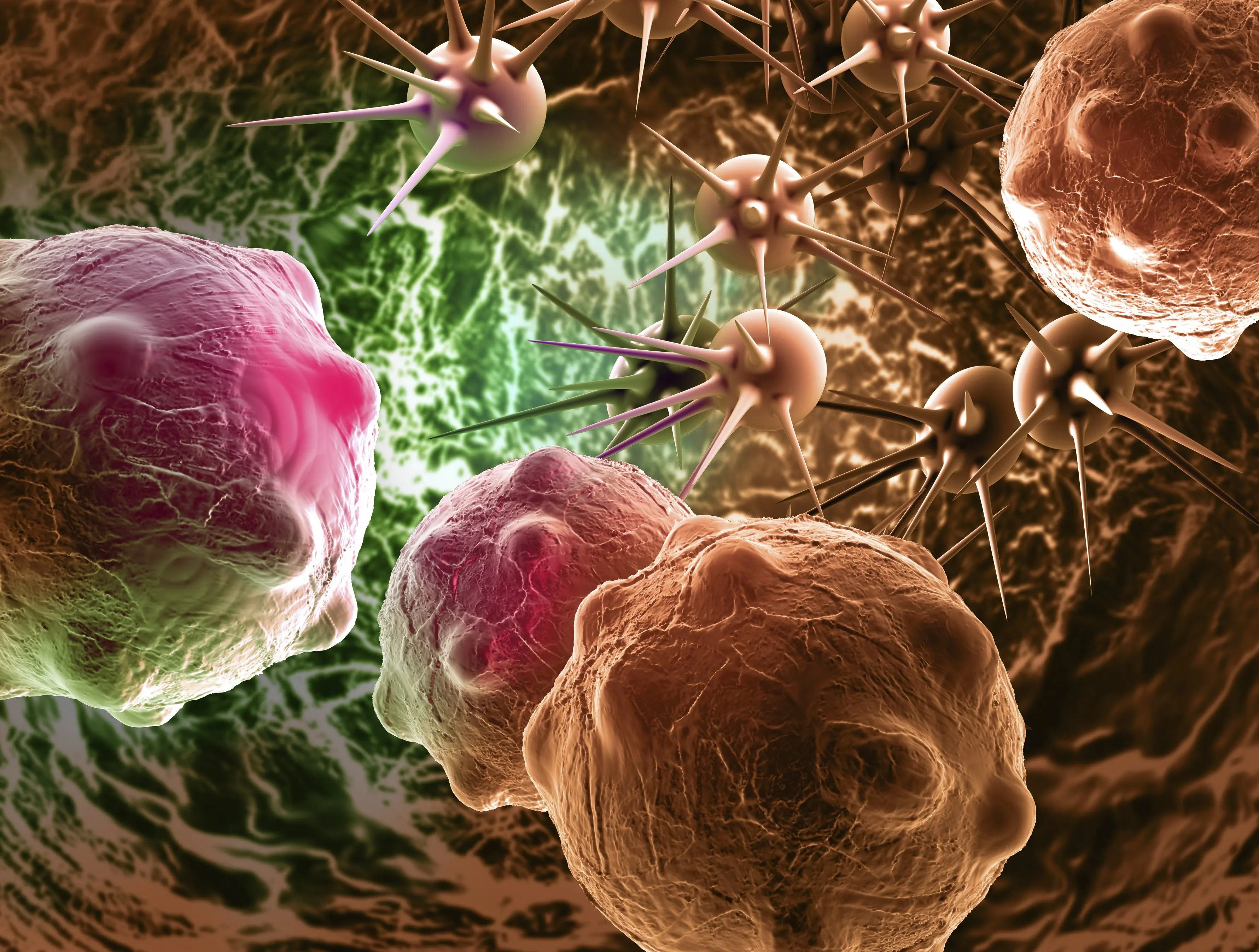
Striking simulation illustrates the progression of death from cancer
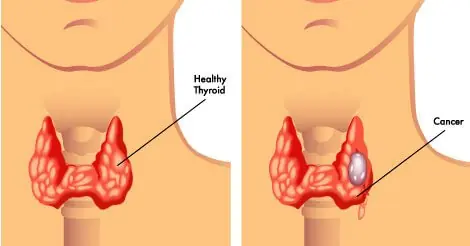
6 Types of Foods That Can Negatively Affect Your Thyroid
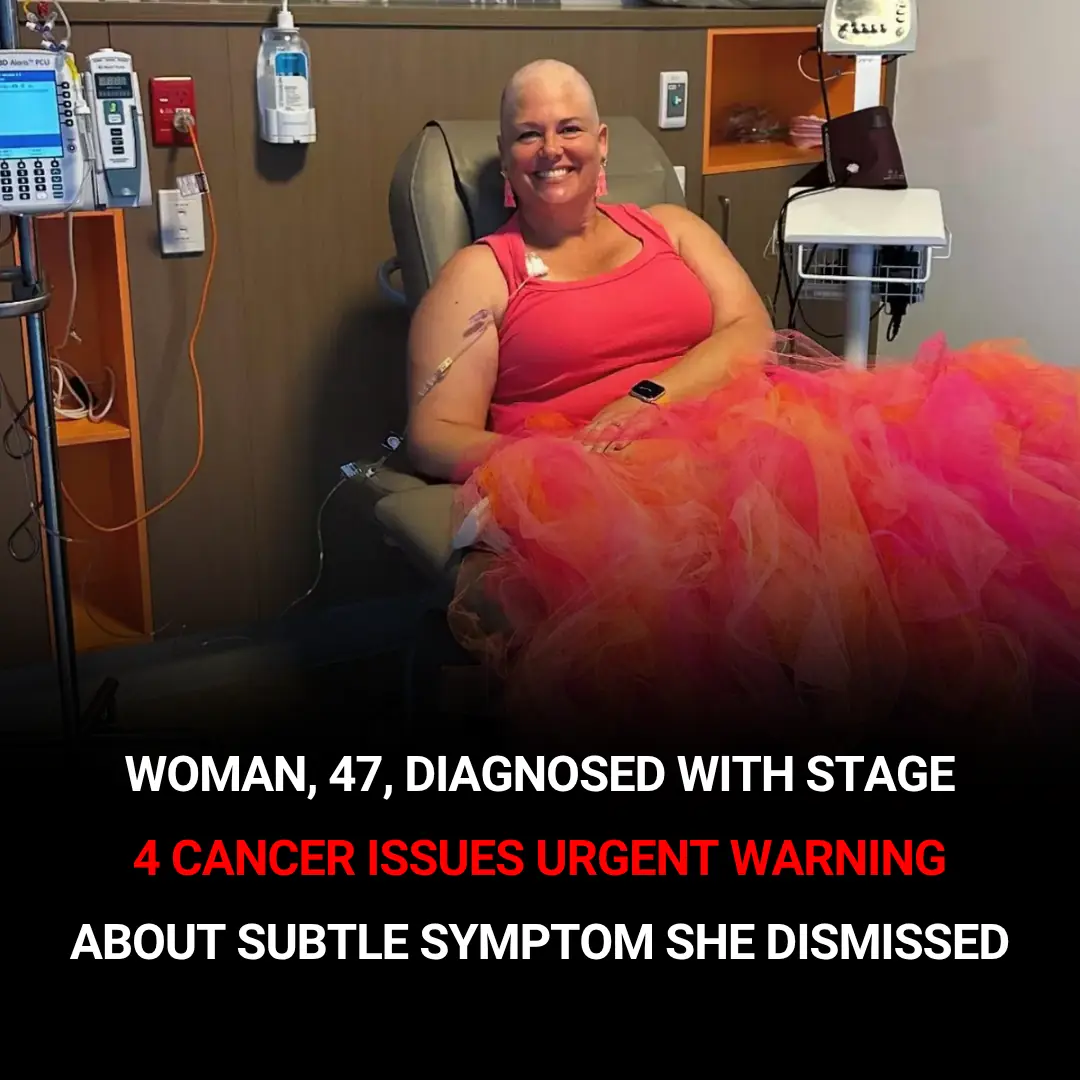
Stage 4 Cancer Survivor's Urgent Warning: Overlooked Minor Signs Can Hide Deadly Disease
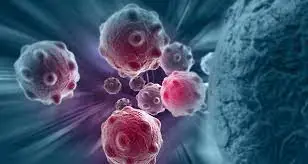
Colon Cancer & Your Poop: What to Watch For and When to Get Help

Cardiologist Breaks Down 3 Unexpected Red Flags Of A Weak Heart
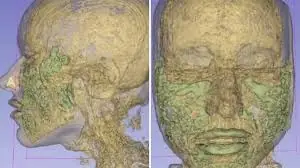
Doctor Reveals: MRI Scan Of The Face Of A 33-Year-Old Woman Reveals Where All Of Her Filler Went
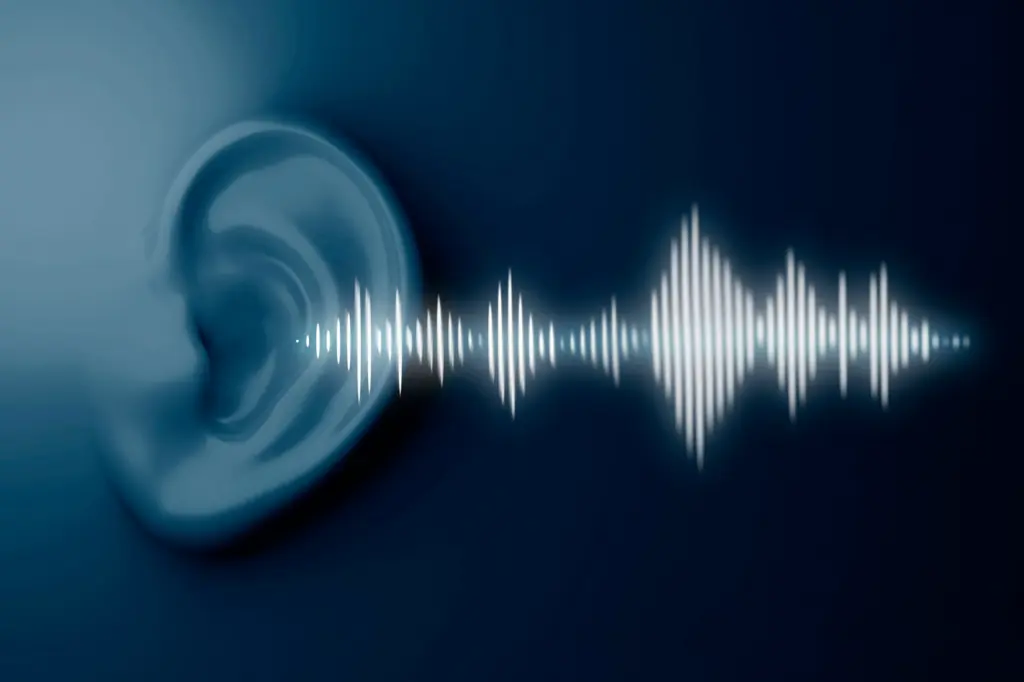
There Is One Sound A Person Makes That Means They Have Less Than 24 Hours To Live
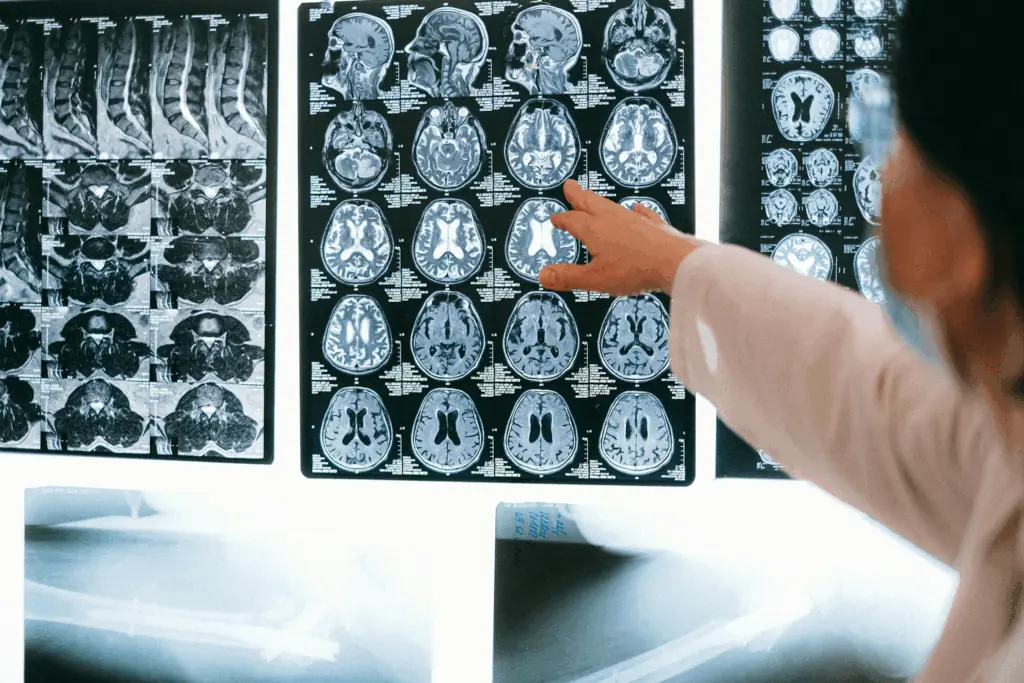
Warning Signs You Should Never Ignore: The Silent Symptoms Of A Brain Aneurysm
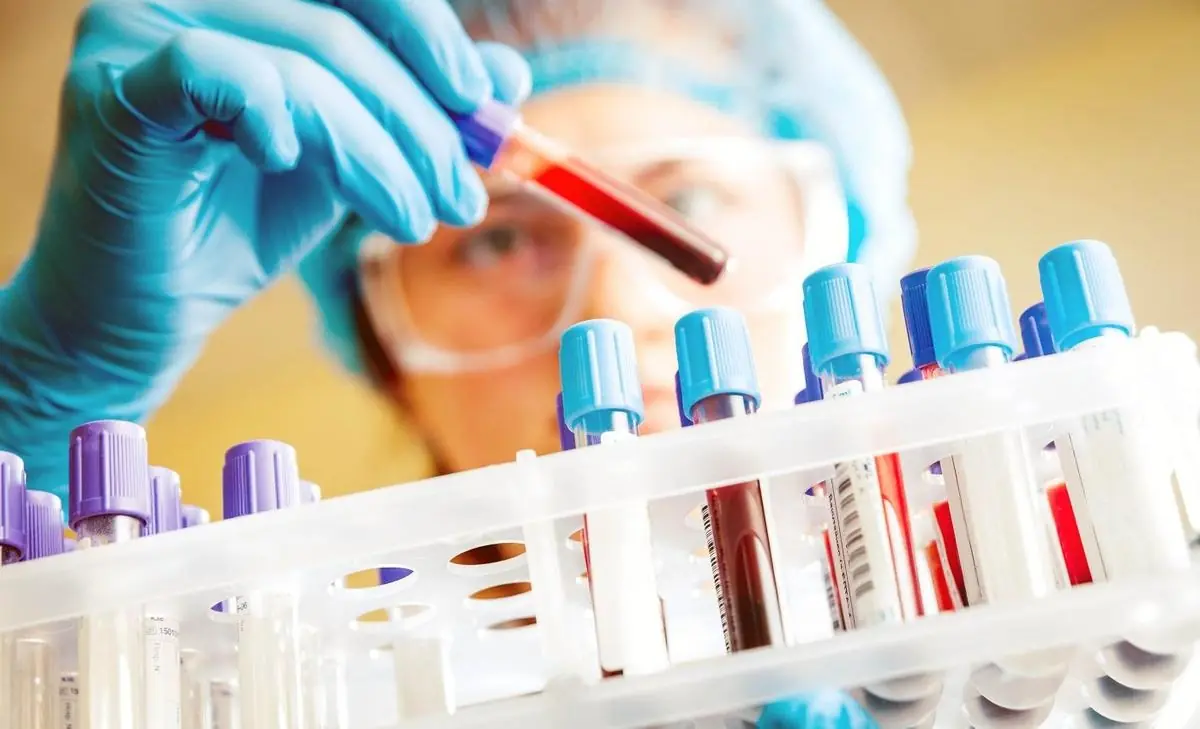
Having This Blood Type Will Make You Age Slower—And It’s Backed By Science

Shocking amount of time one can of soda can take off your life
One can of soda might seem harmless, but when multiplied across days, weeks, and years, the cost adds up - to minutes, hours, and even years of life lost.
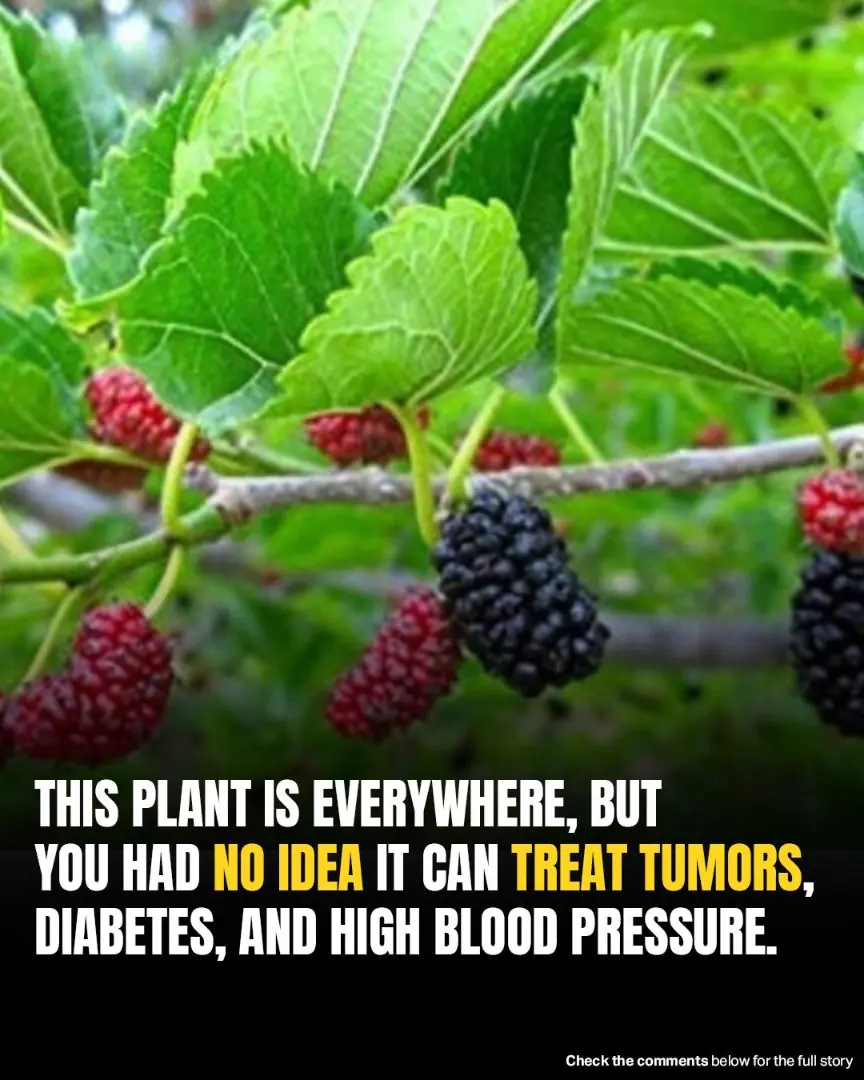
Common Backyard Plant May Help Fight Tumors, Diabetes, And High Blood Pressure

Drinking Water On An Empty Stomach: Japanese Water Therapy, What Science Says and More
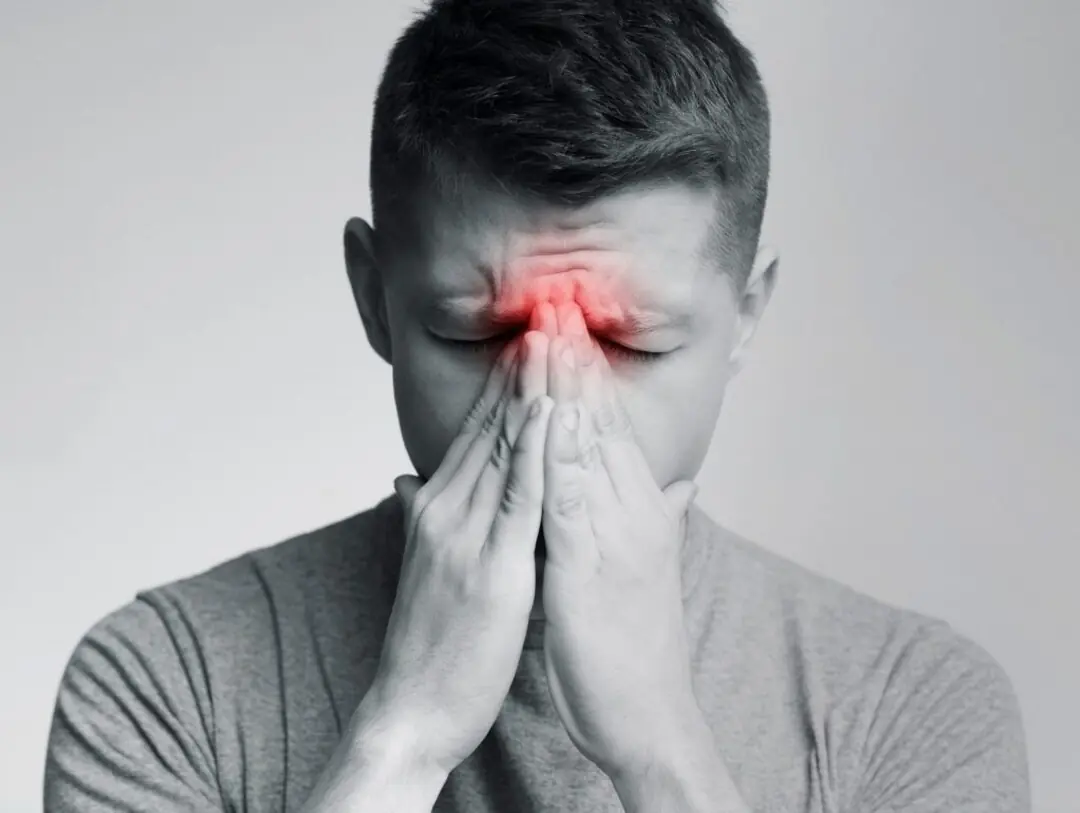
8 Natural Remedies for Sinus Infections That Work Without Antibiotics

Proven Health Benefits and Uses of Thyme and Thyme Tea

Dancing Proven More Effective Than Antidepressants for Treating Depression, Landmark Study Finds
A major new review suggests that dancing may outperform both medication and other forms of exercise in alleviating symptoms of depression—raising profound implications for how we treat mental health globally.
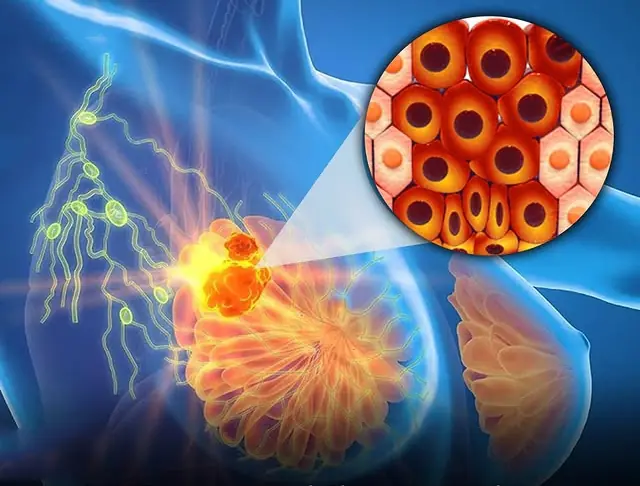
Eliminating Parabens and Phthalates from Daily Use Reverses Cancer-Linked Changes in Healthy Breast Tissue, Study Finds
A new clinical study reveals that removing parabens and phthalates from daily personal care routines for just four weeks can reverse cancer-associated cellular changes in healthy br3ast tissue, offering a compelling case for cleaner beauty and hygiene pro
News Post

Why Kidney Failure Is Striking The Young—And How To Stop It

Bill Gates reveals profession which will remain '100% human' even after AI replaces most jobs
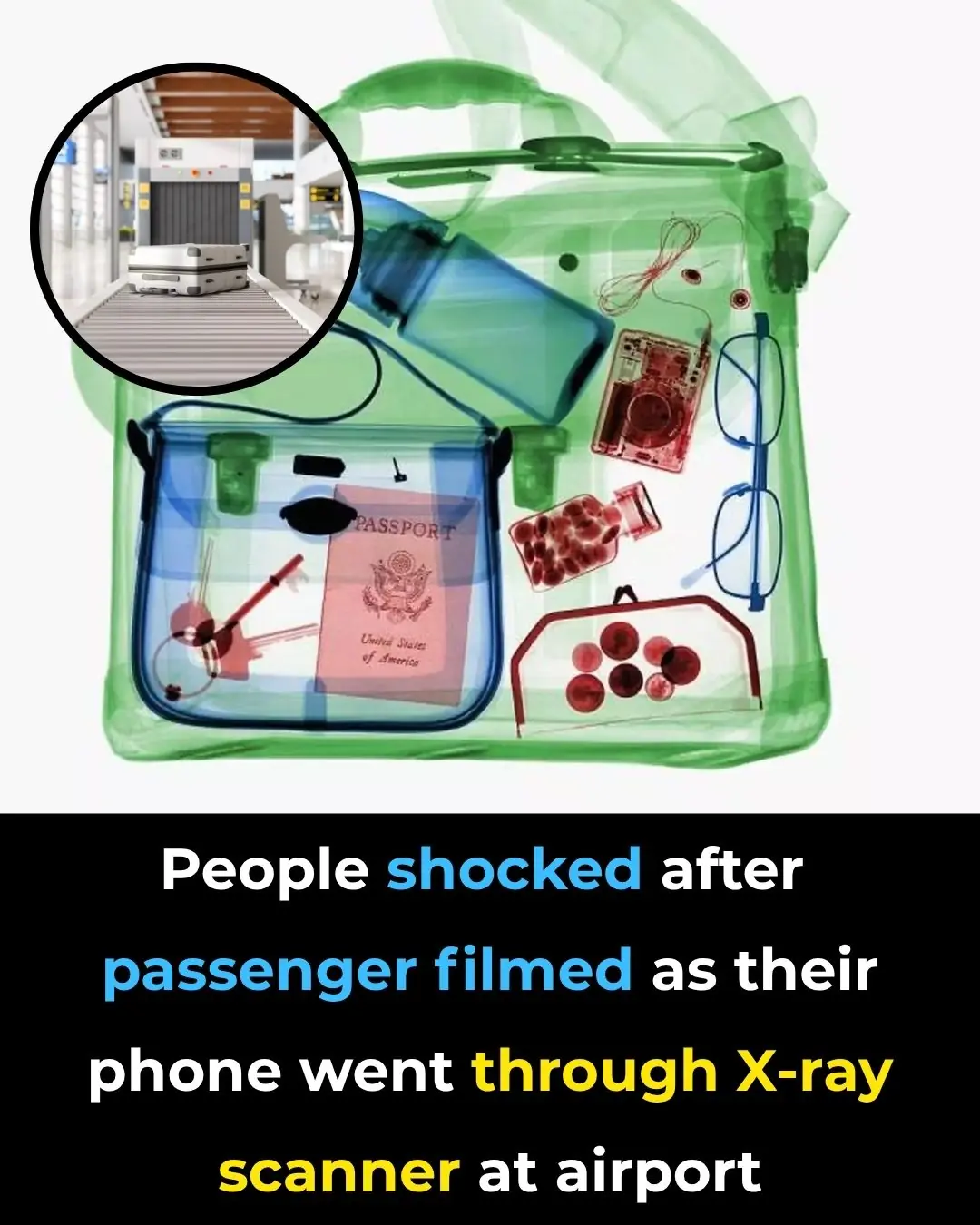
People shocked after passenger filmed as their phone went through X-ray scanner at airport
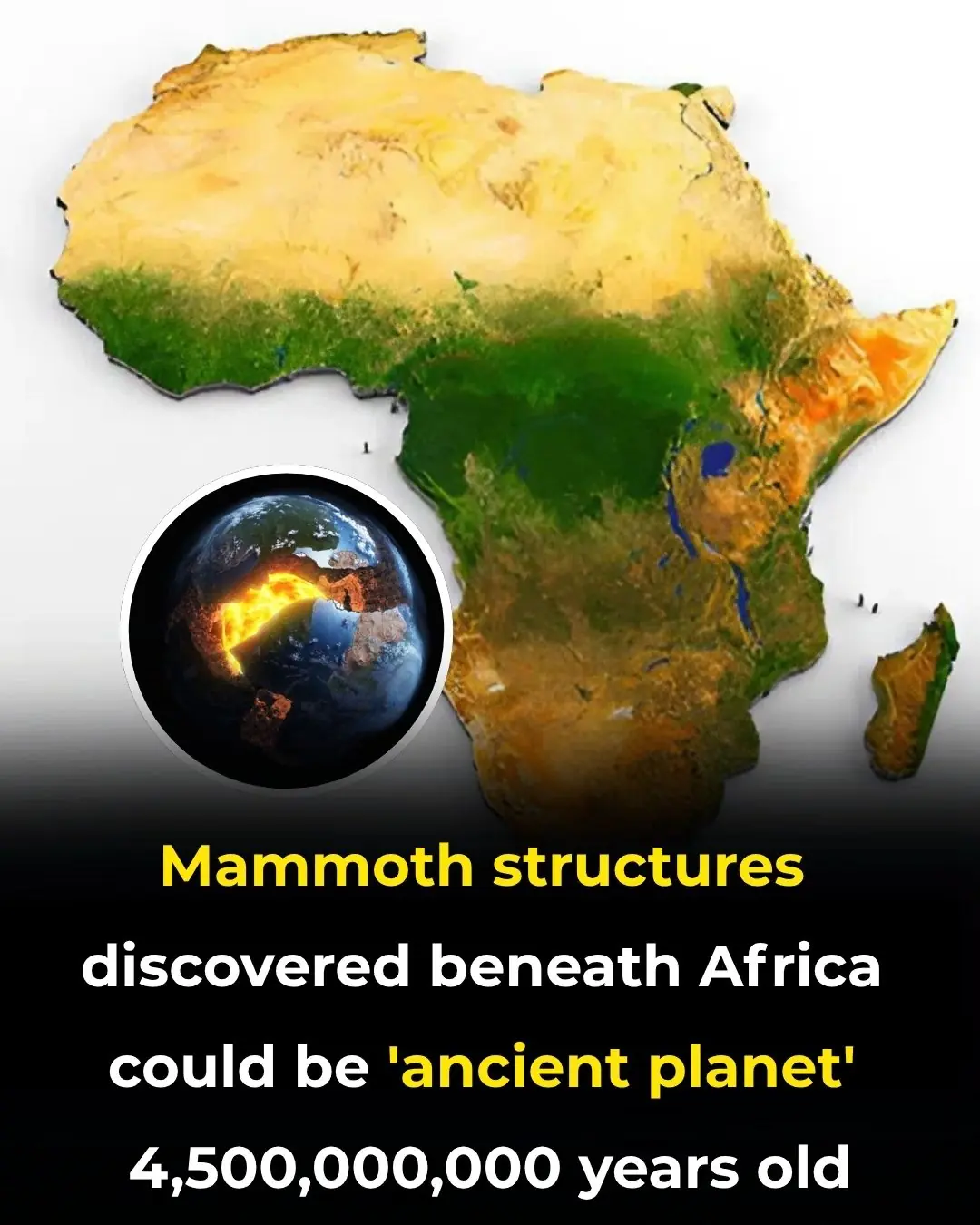
Mammoth structures discovered beneath Africa could be 'ancient planet' 4,500,000,000 years old
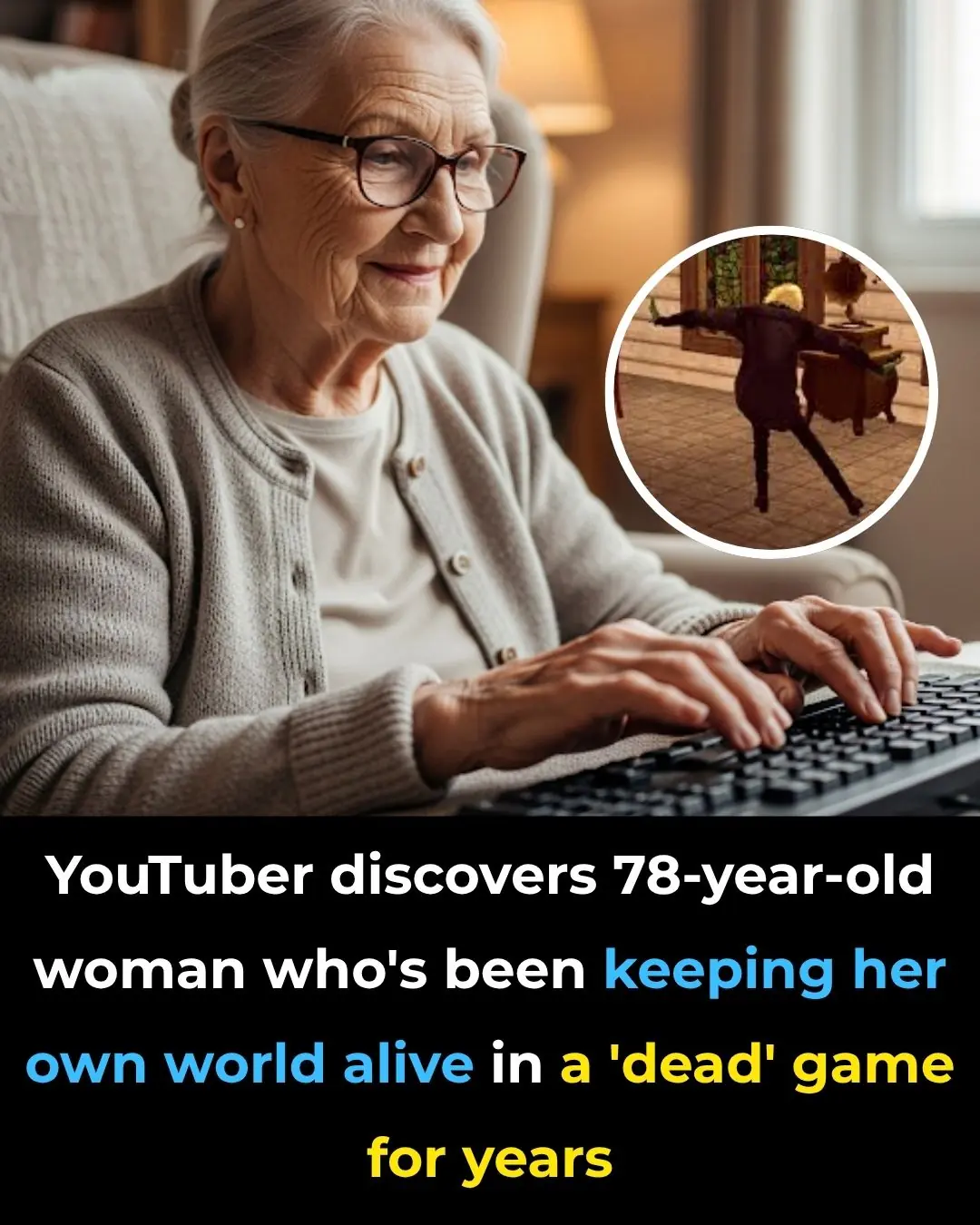
YouTuber discovers 78-year-old woman who's been keeping her own world alive in a 'dead' game for years
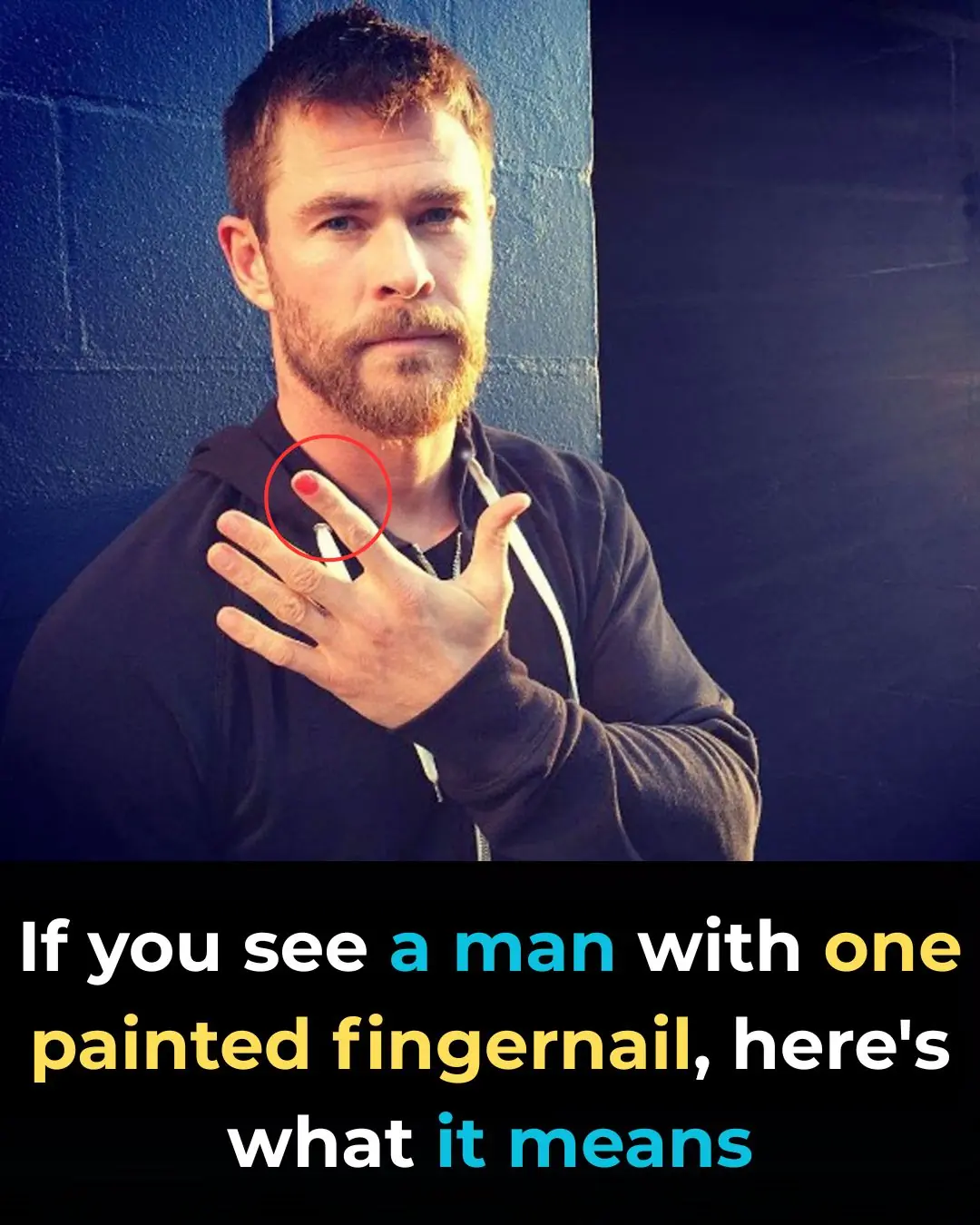
If You See A Man With One Painted Fingernail, Here’s What It Means

One Month Before A Heart Attack, Your Feet Will Give You These 6 Silent Warnings
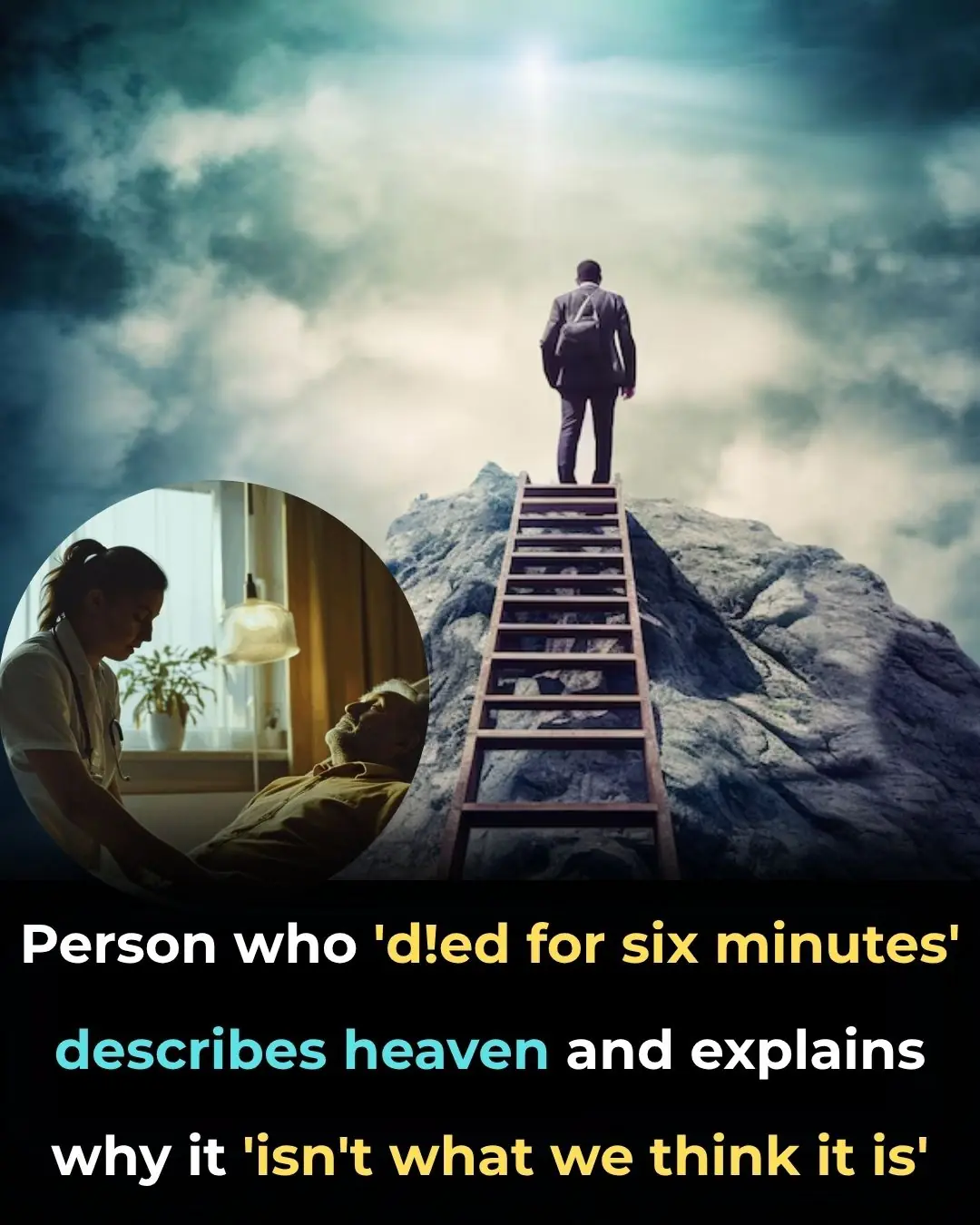
Six Minutes Beyond Life: What I Saw After Dying And Coming Back

Striking simulation illustrates the progression of death from cancer
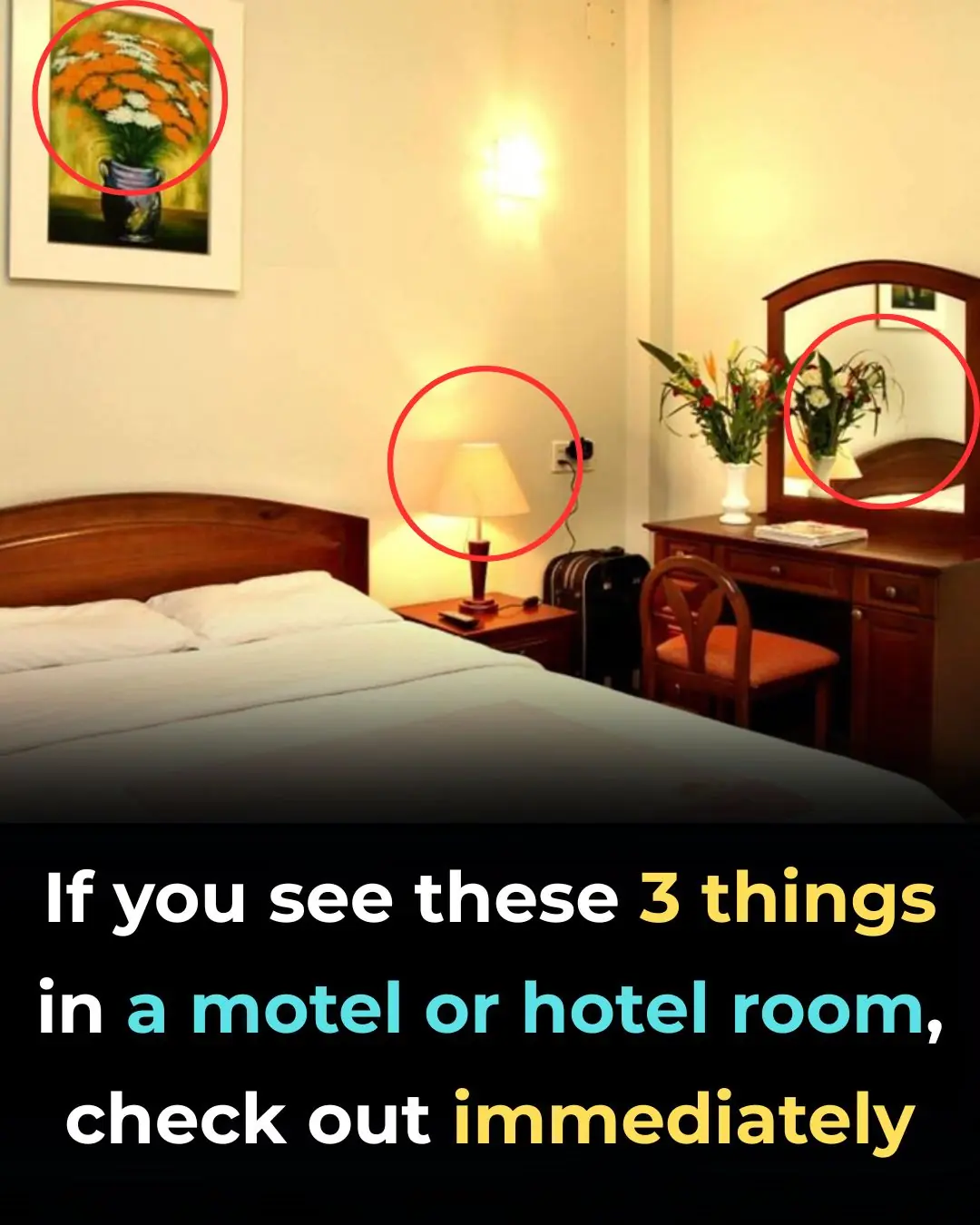
Hotel Warning: 3 Disturbing Signs You Should Never Ignore
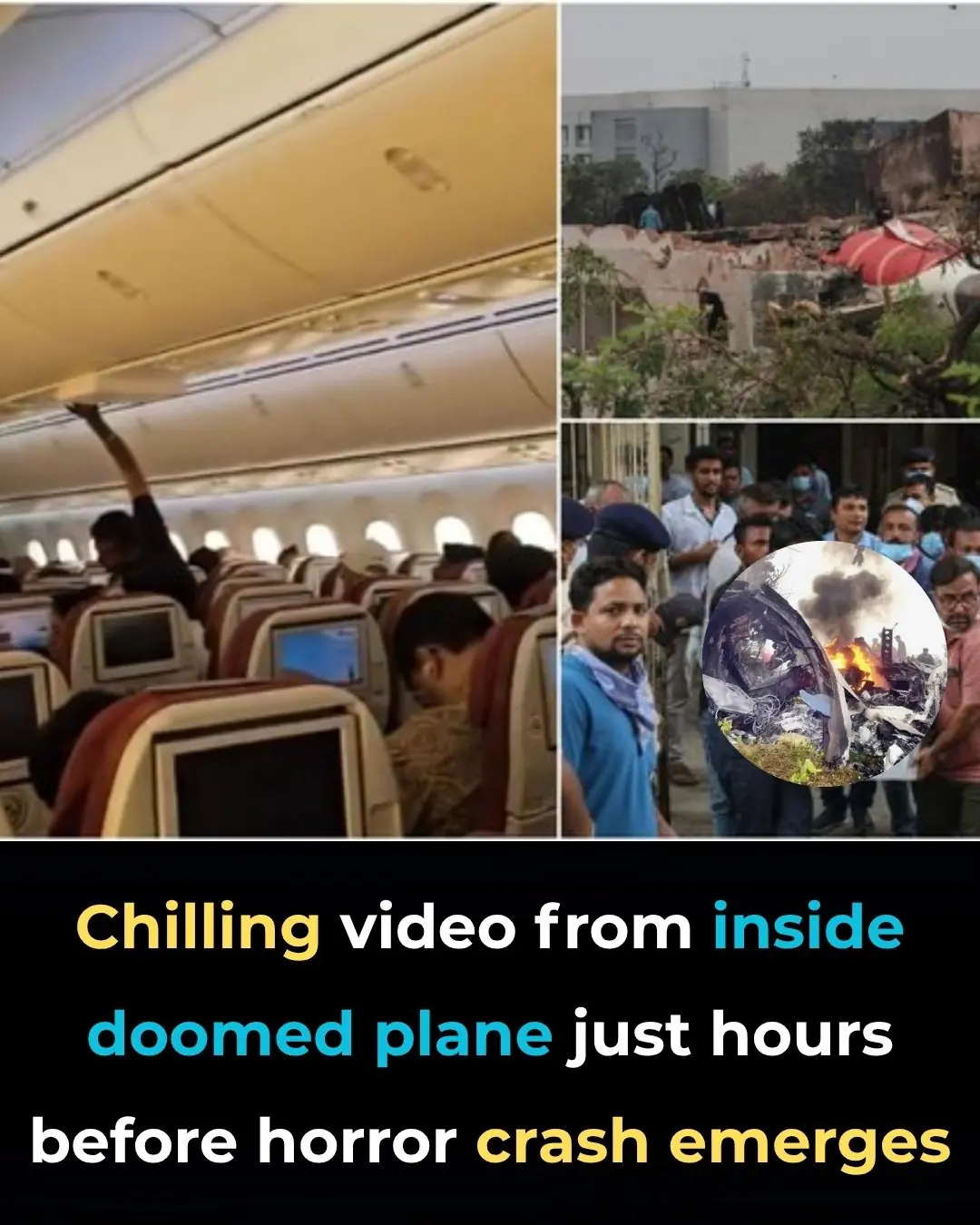
Air India Crash Passenger Shared Eerie Clip Showing Total Power Failure Hours Before Tragedy
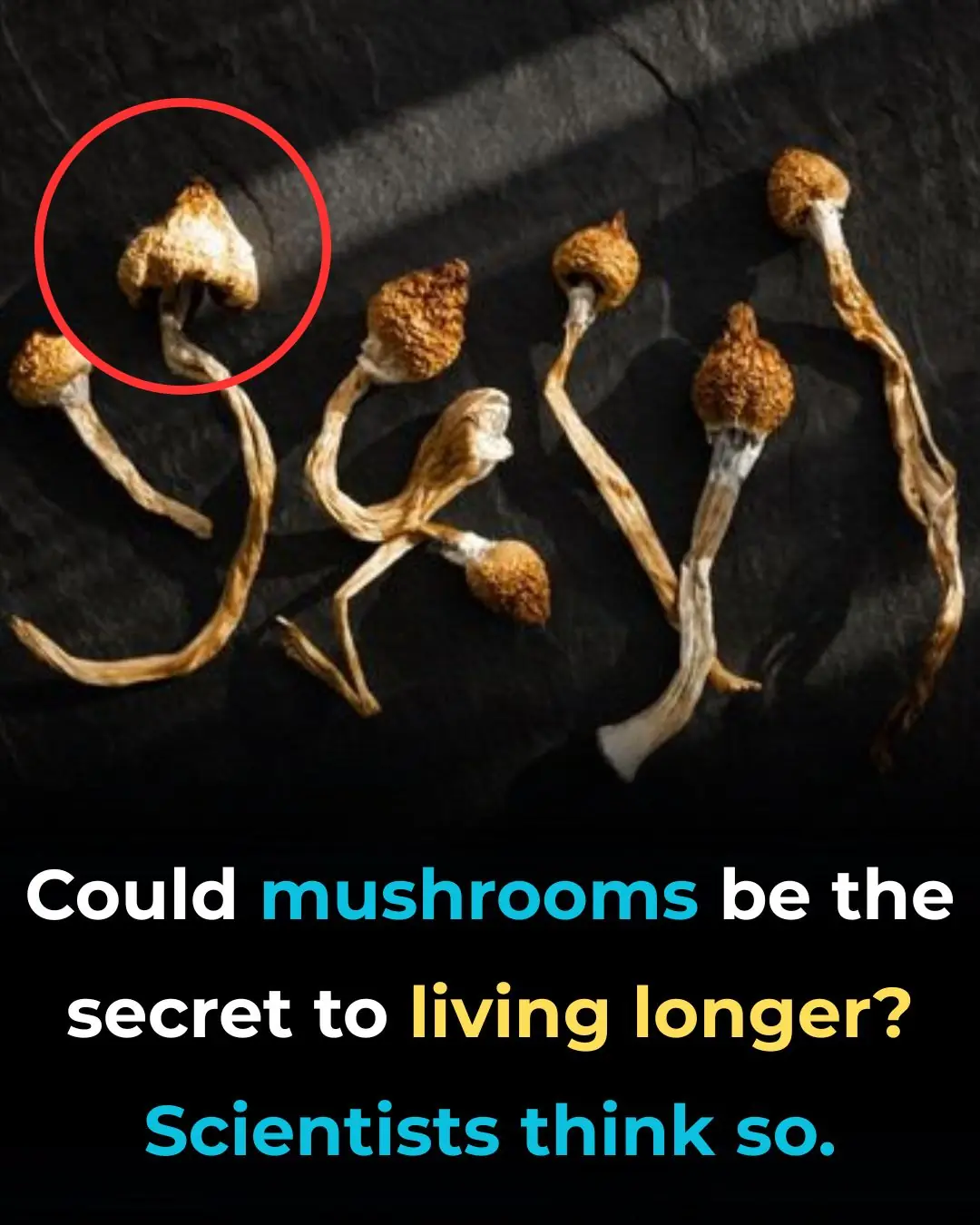
Could Psilocybin Be The Key To A Longer Life? Researchers Are Shocked
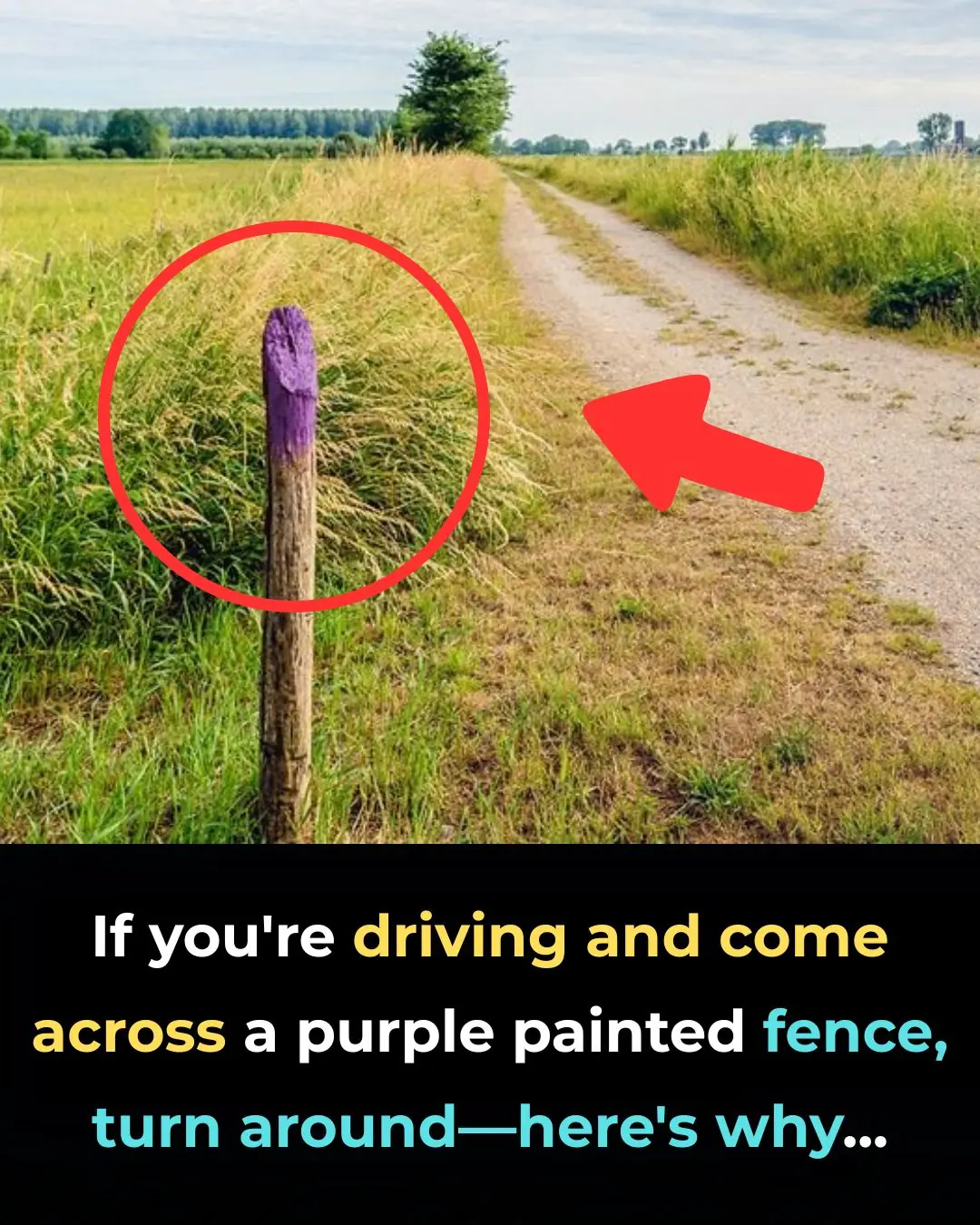
If You See A Fence Painted Purple, You Better Know What It Means – Knowing This Can Save Your Life

6 Types of Foods That Can Negatively Affect Your Thyroid

Stage 4 Cancer Survivor's Urgent Warning: Overlooked Minor Signs Can Hide Deadly Disease

Colon Cancer & Your Poop: What to Watch For and When to Get Help
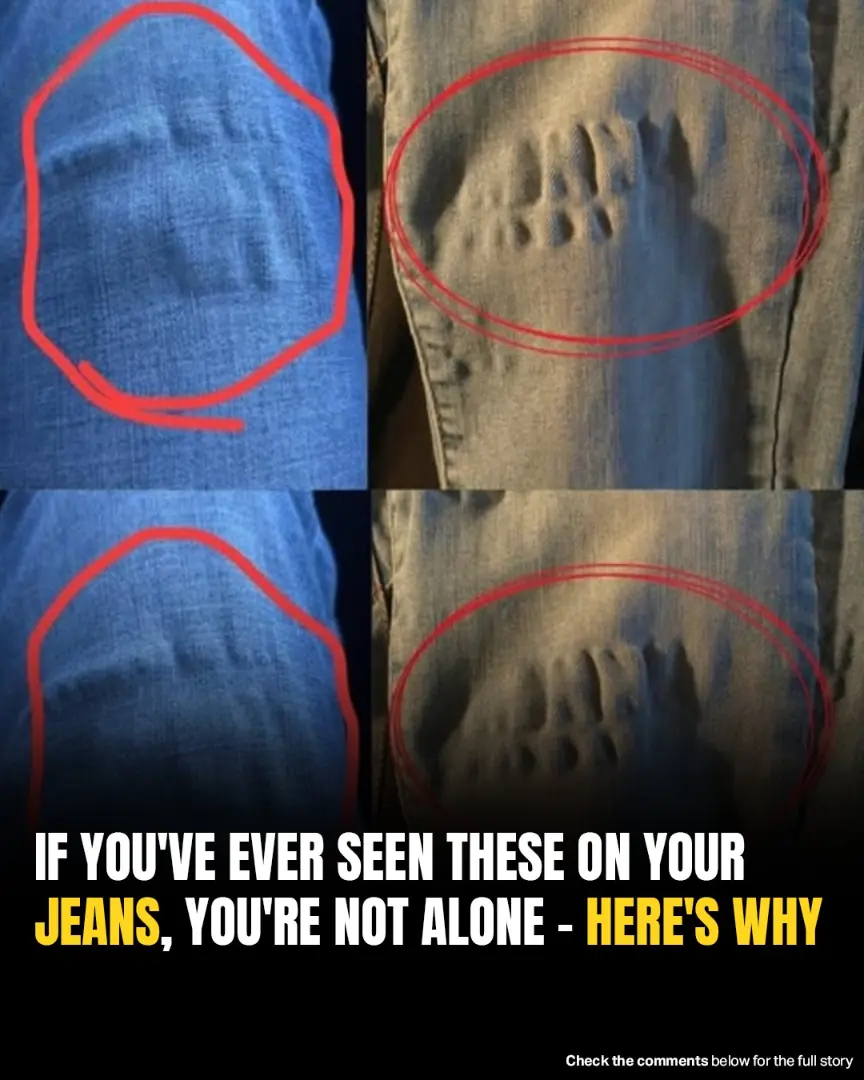
What Causes Those Strange Ripples In Your Jeans After Washing?

Cardiologist Breaks Down 3 Unexpected Red Flags Of A Weak Heart
